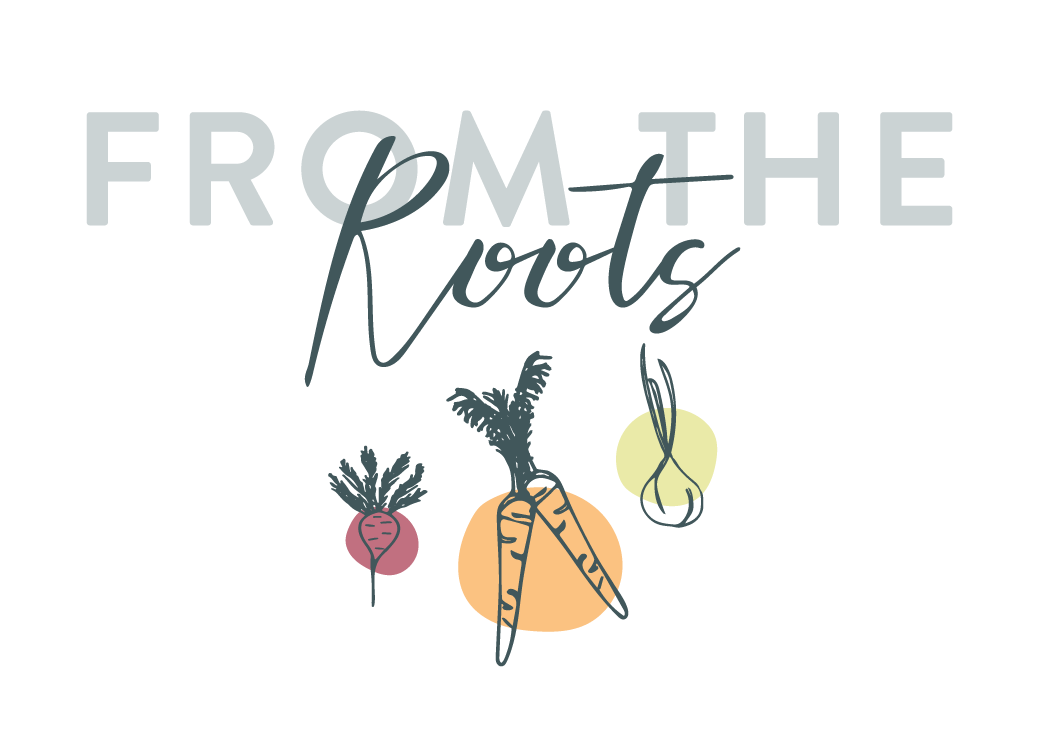Red Curry Sauce
Red Curry Sauce - A tried and true healthier version of the traditional red curry sauce. Less than 10-ingredients, gluten-free, dairy-free, keto, and paleo-friendly.
Y'all. This sauce is what dreams are made of! As an obsessive curry lover, I’m always on the prowl for a good curry recipe; whether it be from a restaurant or from a blog. Well, low behold, I found the perfect red curry sauce at this local Asian restaurant that used to be but only a block away from me! Needless to say, curry ran through my veins in those four years of living in that area!
So now that I am many...many blocks away from that restaurant, it was only a matter of time that I started to recreate the sauce. Long story short, we have arrived!
Luckily for you, this is a much healthier version but tastes just as creamy, full-bodied curry sauce that you ever laid your taste buds on! For this recipe, I used many condiments that I already had in my pantry, as I am sure you have them in yours as well.
And don’t fret if you don’t have them, I listed all the products I used for this sauce in the recipe notes below.
One condiment that transforms this umami flavor bomb sauce is using miso paste. Now, I understand that soybeans are not considered “paleo”, but most paleo eaters will choose to add this into their dishes because of the way it’s prepared.
Miso is the product of fermented soybeans, water, fermented grains (called koji), and salt. Koji, the final product of fermented rice, barley, or soy, requires the use of a fungus called Aspergillus oryzae, which activates the fermentation process. Asian cooking often requires a number of fermented products like miso, which are all fermented with koji. So that umami flavor you get when eating at an Asian restaurant will most likely have miso in it! If you would like more health facts on miso paste from a paleo perspective, here’s the link.
One thing I will note is that I created this recipe for a sponsored post for Vital Proteins. I used them for two reasons. One is that it’s a fun and creative way to incorporate collagen peptides into your meals and two, it is used as a thickening agent.
If you don’t mind having a more liquid sauce then it’s fine without using collagen peptides. But if you are a pro in the kitchen, feel free to experiment using other thickening agents like flour or arrowroot starch. I will report back if this work but for now, collagen powder is the way to go!
Feel free to use this sauce on just about anything and everything! Next week, I will be posting a chicken curry nacho recipe but in the meantime, here are some ways you can use red curry sauce: on eggs, chicken, rice, veggies, dipping sauce, condiment, pasta, marinade/sauce for a protein source, or just straight out of the bowl - possibilities are endless!
If you try this recipe, let us know! Leave a comment, rate it, and don’t forget to tag a photo to #fromtherootsblog on Instagram. We love seeing what you come up with!
Red Curry Sauce - A tried and true healthier version of the traditional red curry sauce. Less than 10-ingredients, gluten-free, dairy-free, keto, and paleo-friendly.
Ingredients
1 can unsweetened coconut milk
2 Tbsp red curry paste
2 Tbsp nutritional yeast
2 Tbsp curry powder
2 scoops collagen peptides (optional but helps to thicken sauce)
2 tsp (heaping) organic white miso paste
1 Tbsp liquid aminos
1 Tbsp minced fresh ginger
1 tsp pure maple syrup
Juice of ½ lime
Directions
Prepare the curry sauce by adding all ingredients into a blender or nutribullet and blend until the mixture is in a sauce form. *If you do not have a blender, you can sub fresh ginger for ginger powder so that the sauce is smooth and consistent in texture.
At this point, taste the sauce and see if it needs more umami (miso paste/liquid aminos), cheesy (nutritional yeast), bitter (lime juice), spice (curry paste/powder), or salt.
Pour sauce into a small saucepan and heat on medium heat. Stir sauce until the sauce is about to boil and turn the heat off. Make sure you are constantly stirring so as to not burn the sauce.
As the sauce cools down, it will thicken. Collagen helps to thicken the sauce so if you are adding more collagen, make sure the sauce is hot enough for the collagen to blend well so that you don’t get clumps!
If you are making a meal like chicken curry with rice and vegetables, heat the sauce into the cooking veggies if using a skillet to do this. If not, serve over anything and everything!
Store in an airtight container for at least two weeks in the refrigerator.
Notes:
Products that were used in the curry sauce: coconut milk, curry paste, collagen peptides, nutritional yeast, white miso paste, curry powder, maple syrup, liquid aminos.






